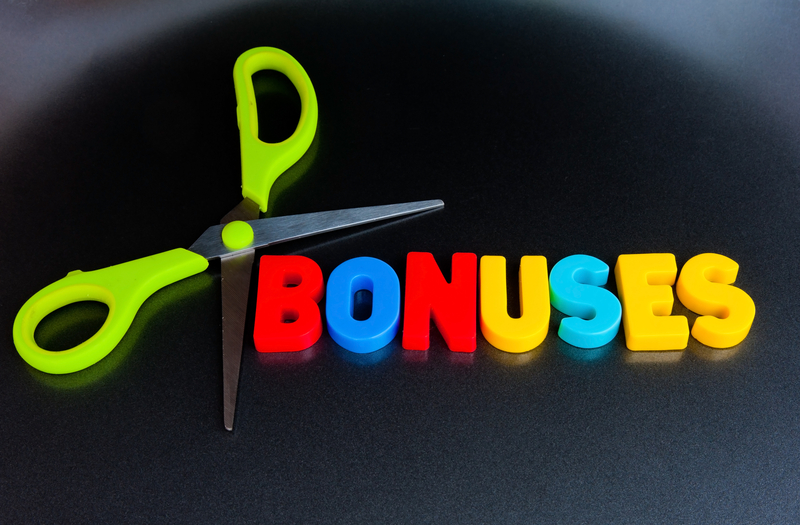
Have you heard the expression, “Two steps forward, one step back?” That’s how almost every business grows, including any and all forms of online marketing.
Building an online business isn’t like winning the lottery, nor is it a movie. You don’t get struck by lightning and fall into a pot of gold. Instead, you do an affiliate promotion that costs you $500 in advertising and makes you $400 in commissions.
This is where most people quit. “SEE?! ONLINE MARKETING DOESN’T WORK!”
Baloney.
You earned $400 in commission AND you learned something, too.
You use that new knowledge on your next promotion where you spend $500 again, but now you make $900. You repeat that for a while and you’re making pretty good money, all because you didn’t quit when you lost that initial $100.
Then you’re feeling pretty confident so you decide to expand your list with a solo ad that costs you $300, but you only earn $50.
Nuts!
But now you’ve got a bigger list, and you nurture that list and eventually over the course of weeks or months you earn an additional $2,000 from it.
Yeah!
Then you hire someone to create a product for you, and it’s a terrific product but no one wants it, and you lose $700.
Darn!
But you still have the product, so you break it up into pieces and use those as posts and free reports and combining that with social media you further build your list while promoting a related affiliate product and now you’re earning a cool $300 a week just from that while also watching your list grow.
Wow!
But you need to invest in a better website or software or whatever and there are expenses and so you’ve got to pay those and…
Do you see how this works?
Two steps forward and one step back.
The trick, therefore, is to simply keep moving forward no matter how many steps you take backwards.
If you graph out the growth of online businesses, you’ll find that 95% of the time the line goes up, dips down, goes up, dips down and so forth. But the downward dips don’t mean a thing as long as the overall trend is up.
And if you’re prepared for this and expecting that it won’t be all smooth sailing and that you will have setbacks small and large, then you’ll know enough to weather those setbacks and keep plugging away.
You’ll be far less afraid, too, knowing that it’s normal to have these setbacks. And in my experience, it’s much easier to work when you’re not terrified that your income will suddenly dry up if you make one wrong move.
The vast majority of online marketers experience a series of small successes and small failures, too. They go hand in hand, and that’s okay. Just make sure you either have more successes than failures, or that your successes are bigger than your failures and you keep moving forward.
Really, that’s the only ‘trick’ to online marketing.

















